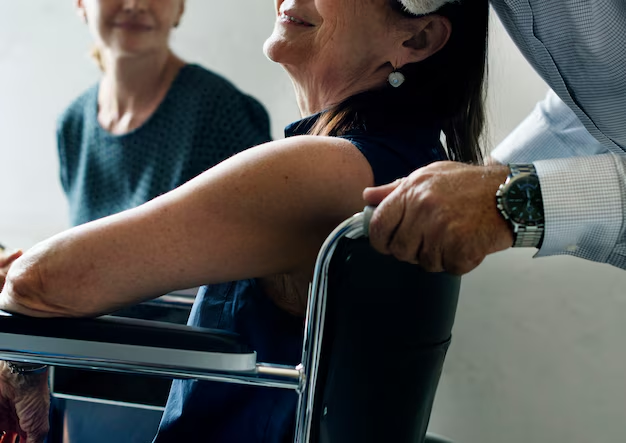Need a Wheelchair Ramp? Here's What Medicare Covers
As mobility becomes a challenge for many, particularly those relying on a wheelchair, the question of accessibility rises to the forefront. One of the most common queries in this regard is whether Medicare covers the cost of wheelchair ramps. This guide explores Medicare's policy on home modifications and provides insights into alternative financial assistance options for making homes more accessible.
Are Wheelchair Ramps Covered by Medicare?
Medicare Part B primarily covers medical equipment and services that are deemed medically necessary. However, it does not typically cover wheelchair ramps as they are considered to be permanent home modifications rather than durable medical equipment. Medicare’s focus tends to be on devices like walkers, wheelchairs, and hospital beds that can be easily removed or replaced.
Exploring Other Avenues for Financial Support
Understanding that Medicare leaves a gap in coverage for necessary home modifications, it's crucial to explore other financial resources. Luckily, several programs and options exist that might help cover these essential adjustments:
1. Medicaid Home and Community-Based Services (HCBS) Waivers
Medicaid offers waivers for home modifications through its Home and Community-Based Services programs. While each state has distinct waivers and eligibility requirements, they often include funds for installing wheelchair ramps if deemed necessary for the individual’s care and safety.
2. Veterans Benefits
For those who have served in the military, the Department of Veterans Affairs (VA) often provides benefits covering home modifications. The VA's Specially Adapted Housing Grant is designed to assist veterans in making accessibility modifications, including the installation of wheelchair ramps.
3. State and Local Programs
Many states and counties offer financial assistance programs specifically targeting home modifications for elderly or disabled residents. These can vary significantly from one location to another, making it important to contact your local health or social services department for precise information.
4. Non-Profit Organizations
Several non-profit organizations are dedicated to helping those in need of home modifications. Rebuilding Together and Habitat for Humanity may provide renovations and installations like wheelchair ramps for qualifying families, often focusing on improving the quality of life for low-income homeowners.
Considering Personal Financial Solutions
In addition to exploring government and charitable avenues, consider the following personal financial strategies:
- Personal Loans: Some financial institutions offer loans specifically catered to home modifications. Comparing interest rates and terms can help in finding a feasible option.
- Health Savings Account (HSA): If you have an HSA, you might be able to use these funds for certain home modifications, provided they meet the criteria for a medical expense.
Accessible Living: Putting It All Together
For those needing to make homes more accessible, it can feel daunting to navigate the mix of government aid, insurance coverage, and personal financial options. However, knowing where to look can make all the difference.
📋 Handy Resource List for Financial Assistance:
- 🏥 Medicaid HCBS Waivers: Check with your state’s Medicaid office.
- 🇺🇸 VA Benefits: Contact the Department of Veterans Affairs for veterans.
- 🌎 State & Local Programs: Reach out to local social services.
- 🏠 Non-Profit Support: Rebuilding Together, Habitat for Humanity.
- 💳 Personal Loan or HSA: Consult your bank or HSA administrator.
Finding the right solution requires an open mind and a bit of research, but don’t let these hurdles prevent you from creating a safe and accessible space at home. Options abound; it’s just about connecting to the one that fits your unique needs.

Related Topics
- Am I Elgible For Medicare
- Am I Enrolled In Medicare
- Am I Qualified For Medicare
- Are Adult Diapers Covered By Medicare
- Are Chemotherapy Drugs Covered By Medicare Part d
- Are Colonoscopies Covered By Medicare
- Are Covid Tests Covered By Medicare
- Are Cpap Machines Covered By Medicare
- Are Cpap Supplies Covered By Medicare
- Are Dental Implants Covered By Medicare